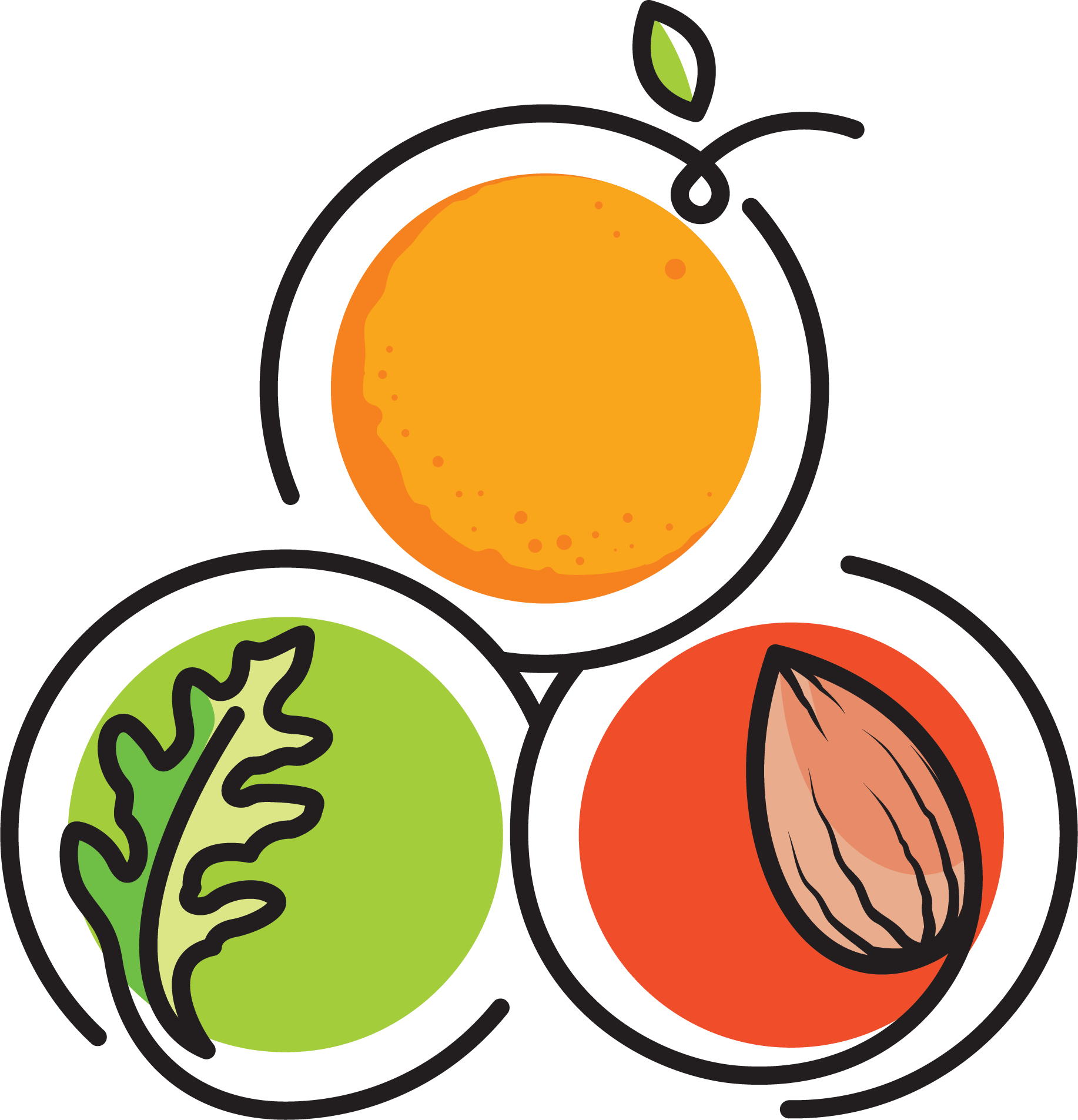Product Description
Maturity and Quality
Maturity is based on head compactness. A compact head can be only slightly compressed with moderate hand pressure. A very loose head is immature, and a very firm or hard head is mature.
After trimming outer wrapper leaves, cabbage heads should be a color typical of the cultivar (green, red, or pale yellow-green), firm, heavy for the size, and free of insects, decay, seed stalk development, and other defects. Leaves should be crisp and turgid. For round cabbages, grades are U.S. No. 1 and U.S. commercial.
Postharvest Handling and Storage
Most cabbage is room cooled. Storage at 0°C (32°F) is required to optimize cabbage storage life. Early crop cabbages can be stored 3-6 weeks, while late crop cultivars can be stored for up to 6 months. For the latter, storage at -0.5°C (31°F) is sometimes recommended. Deterioration of cabbage during storage is associated with stem or seed stalk growth (bolting), root growth, internal breakdown, leaf abscission, discoloration, decay, and black speck. Long-term storage usually results in extensive trimming of heads to remove deteriorated leaves.
Freezing Injury. Freeze damage appears as darkened translucent or water-soaked areas that will deteriorate rapidly after thawing. Freeze damage can occur if cabbages are stored below -0.9°C (30.4°F).
>95%
Cabbage has moderately low respiration rates:
| Temperature | 0°C (32°F) | 5°C (41°F) | 10°C (50°F) | 15°C (59°F) | 20°C (68°F) |
| ml CO2/kg·hr | 2-3 | 4-6 | 8-10 | 10-16 | 14-25 |
To calculate heat production, multiply mL CO2/kg·hr by 440 to get Btu/ton/day or by 122 to get kcal/metric ton/day.
Respiration rates of shredded cabbage are 13-20 mL CO2/kg·hr at 5°C (41°F).
Ethylene production rates are generally very low:
Cabbages are sensitive to ethylene, which causes leaf abscission and leaf yellowing. Adequate ventilation during storage is important to maintain very low ethylene levels. Ethylene does not increase the disorder "black speck" or "pepper spot".
Some benefit to shelf-life can be obtained with low O2 (2.5-5%) and high CO2 (2.5-6%) atmospheres at temperatures of 0-5°C (32-41°F). CA storage will maintain the color and flavor of cabbage, retard root and stem growth, and reduce leaf abscission. O2 atmospheres below 2.5% will cause fermentation, and CO2 atmospheres >10% will cause internal discoloration.
Temperature & Controlled Atmosphere Photos
Title: Ethylene-Induced Yellowing
Photo Credit: Don Edwards, UC Davis
Fresh-cut or shredded cabbage pieces brown during storage, and atmospheres of 3-5% O2 and 5-15% CO2 retard discoloration. Too low oxygen levels lead to fermentation and package blow-up, especially if the product is not held below 5°C (41°F).
Physiological and Physical Disorders
Black speck. Black leaf speck (also called pepper spot, petiole spot, gomasho) is a disorder that consists of very small to moderate-sized discolored lesions on the midrib and veins of the leaves. The symptoms can occur after low temperatures in the field and by harvesting overmature heads, but are usually associated with transit and storage conditions. Low storage temperatures followed by warmer temperatures enhance development. Ethylene does not promote the development of black specks in cabbage. Cabbage cultivars vary widely in their susceptibility to this disorder. Storage with high CO2 atmospheres (10%) can reduce pepper spot development.
Chilling injury. Purported to occur during storage at 0°C (32°F) after 3 months or longer. The primary symptom is midrib discoloration, particularly on the outer leaves. Cultivars differ greatly in their susceptibility to developing midrib discoloration.
Physical Injury. Breakage of the midribs often occurs during field packing and causes increased browning and increased susceptibility to decay. Outer midribs of overmature heads will crack easily.
Pathological Disorders
The most common decays found in stored cabbage are watery soft rot (Sclerotinia), gray mold rot (Botrytis cinerea), alternaria leaf spot (Alternaria spp.), and bacterial soft rot (caused by various bacterial species including Erwinia, Pseudomonas, Xanthomonas). Bacterial soft-rots result in a slimy breakdown of the infected tissue, and may follow fungal infections. Trimming outer leaves, rapid cooling and low temperature storage reduce development of these rots, although Botrytis and Alternaria will grow at low storage temperatures.
References
References from scientifically validated sources will be added in the future.




